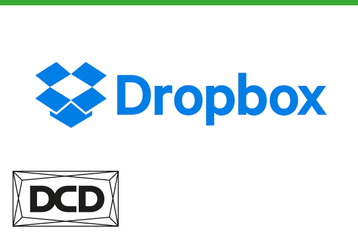As Middle East IT leaders adopt cloud technologies as part of their digital transformation journey, they need to develop agile IT infrastructure strategies in a complex hybrid IT environment. Dropbox is one of many organisations bucking the cloud trend and bringing infrastructure back on-premise, opening up a debate around the economics of cloud and data center strategies.
“Cloud technologies are one of the key enablers of the digital economy, empowering an organisation to focus on its core product and scaling the business. But at a certain point in time, organisations can rethink their cloud strategy and host their own infrastructure if that will deliver better value to their users, their product, and their business. The key to success, when you’re ready to build your own infrastructure, is having the right team!”, says Rami Aljamal, head of hardware engineering and supply chain at Dropbox.
“Organisations need to fully evaluate how they will utilise the cloud, whether it makes sense for them, assess performance viability and determine whether bringing the infrastructure in-house and gaining more control over cost, security, and performance is the best option,” adds Aljamal.
Dropbox’s keynote will form part of a broader discussion on data center and hybrid-cloud infrastructures and the pitfalls that lie in wait - not least the potential for vendor lock-in and how to avoid it – with specific focus on the challenges facing the Middle East region.
“When choosing a cloud provider who can work in tandem with your existing data center infrastructure, organisations need to cast a detailed eye on cloud providers’ processes and contract constraints and assess whether or not they have the capabilities to enable the flow of information between their IT platforms and yours,” says George Rockett, CEO and co-founder at DCD Group.
“IT leaders have sought to shift data center assets off their balance sheets, move towards an OPEX financial model for delivering services and leverage the best in compute infrastructure technology from the world’s cloud providers, but advances in open-source hardware and software point towards hybrid models taking center stage”, adds Rockett.

